The Art Collector had the opportunity to ask one of Miami’s most esteemed art collectors and prolific entrepreneur, Dennis Scholl, questions on art, the art market and collecting.
Do you not think that the notion of being an art collector is now dated because it is much more important to be an art patron?
Early in my collecting career, I knew that simply aggregating objects into a pile, and calling it a collection, was not going to be enough. I wanted a richer relationship to the art, the artist, the art world. Thus began my life as an arts patron.
The term sounds very intimidating, creating expectations that to qualify, one must fund a wing or endow a chair. Nothing could be further from the truth. There are so many ways to assist artists whose work you find compelling, and museums and other cultural institutions you find beneficial to your education in the art world.
For the artist, in addition to buying work, a patron can help fund the fabrication of a particularly challenging project by the artist, that many times provides a major breakthrough in their practice. One can commission work, which we have done over a hundred times. Another thing to do is to help fund a catalogue of a show, or use your influence in the art world and ask (and pay!) a curator to write an essay on that artist’s work.
Museum wise, providing curatorial support is very underrated, yet yields tremendous benefits to the collector as you build a relationship with the curator, who, in my experience, is generally the smartest person in the room about the work. We have provided airplane tickets, travel funds, honorariums for writing, catalogue support, and a host of other ways of helping curators at institutions.
As to the institutions themselves, we have spent the last twenty years starting specific purpose art acquisition committees in museums, including the Guggenheim Photography committee (their first medium specific acquisition committee) , The Tate American Acquisition committee (which acquires works by American artists for the Tate, which has the largest collection of American artists of any museum located outside of America) and closer to our home in Miami, the Perez Art Museum Collectors Council. We were the founders of each of these groups. In each case we solicited interested collectors for an annual contribution of $10,000, pooled the funds and then twice a year asked the curators at those institutions to bring a small group of works to us for consideration, with the caveat that, everyone of the works presented to us had been predetermined by the curatorial team to be needed by the museum, relevant to their collecting mission and of a quality level worthy of inclusion in the organization’s permanent collection.
As a group we were not usurping the curatorial function but simply choosing amongst objects that we already knew the museum wanted. The results over the past twenty years have been amazing, with those aggregated small donations being used to acquire contemporary art valued at tens of millions of dollars for the museum’s collections.
Knowing they have this consistent opportunity, the curators become bolder, buy earlier in artists careers and in most cases make selections of works that would be unattainable just a few years later in an art market that is skyrocketing in value. This has been one of the most rewarding patronage opportunities in my forty years in the art world.
Do collectors have an obligation to share their collections?
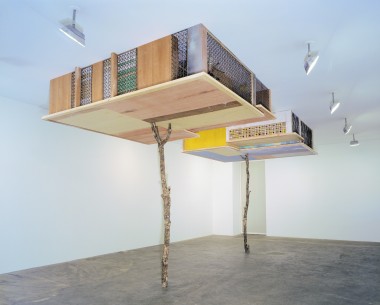
This is a very important component of being a collector. Especially if one collects young work. I believe there is a moral obligation to take whatever steps necessary to show a young artists’ work that resides in your collection. That includes opening your home to other collectors, curators and museum groups. We have done this for the last 15 years and have had over 20,000 people in our home to see the works in our collection.
Another way to insure that work is seen is to follow the Miami Model of creating public spaces for private collections. Miami has led the way in this idea. We participated in it by creating a public space known as World Class Boxing, as it’s former use was as a boxing gym that trained three world champions!
We got a lot of joy out of showing works from our collection in the large galleries. It also enabled us to acquire and sometimes commission works that were more museum than domestic scale, something that served us and the institutions we hold dear, well when we began to donate hundreds of works from the collection to museums across America.
Lending is critical, even to the point of helping pay for shipping of works you own by a young artist, if they are needed for a show at an important venue.
Of course, one must be aware of the old adage when lending, “nothing ever comes back in better condition than when it was lent… “
Still, if you are fortunate enough to have work by a young artist who gets institutional recognition, you have to do your very best to accommodate them.
How do you plan on extending your collection.?
We are serial collection builders. First, we started with prints, ( as that was what we could afford) , then we built a photo based collection, followed by a collection driven not by a medium, but more by an idea, as we acquired a body of work based on the conceptual ideal. Subsequently I grew interested in the amazing body of work created in the last twenty years by Aboriginal Australian artists, eventually building the largest private collection of this work in America. But each of these collections had a life of around a decade, after which I felt like the intellectual curiosity that brought me to the body of work had been satisfied, so each time we began to search for a new field of art to explore, research and build a collection in. I think this reminds us that the joy is in the creating, the learning and the intellectual stimuation, not the ownership of the work…one body of work leads you to another.
So, we are headed into a new direction now, pursuing and building a collection of drawings beginning in the post war era and leading right up to work made last Tuesday!

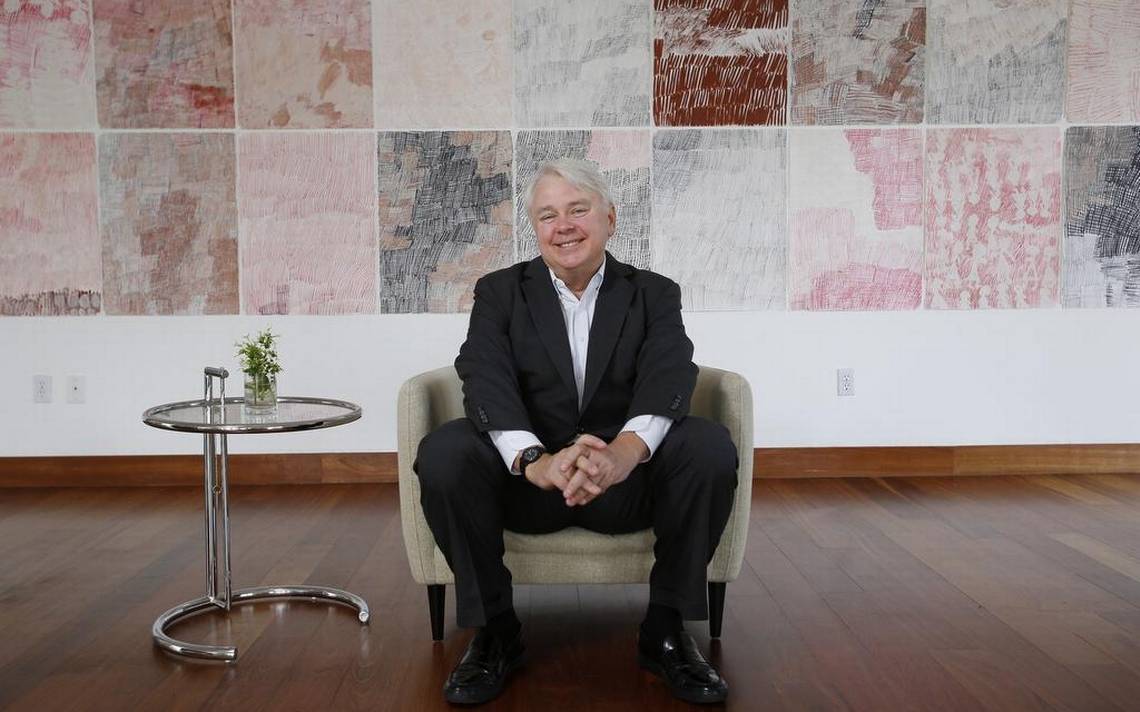


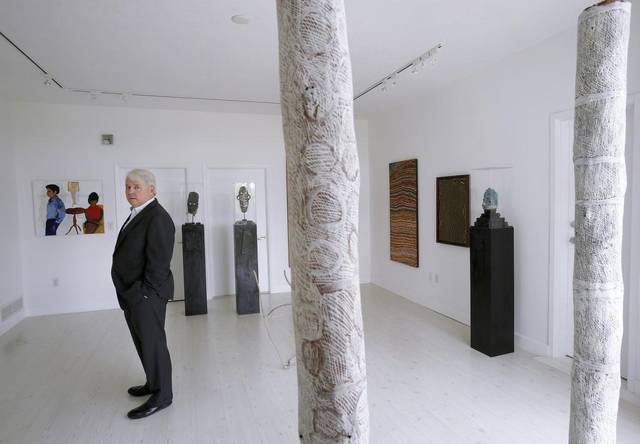

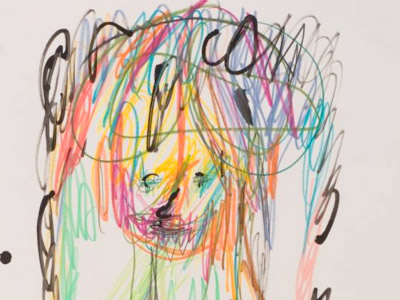

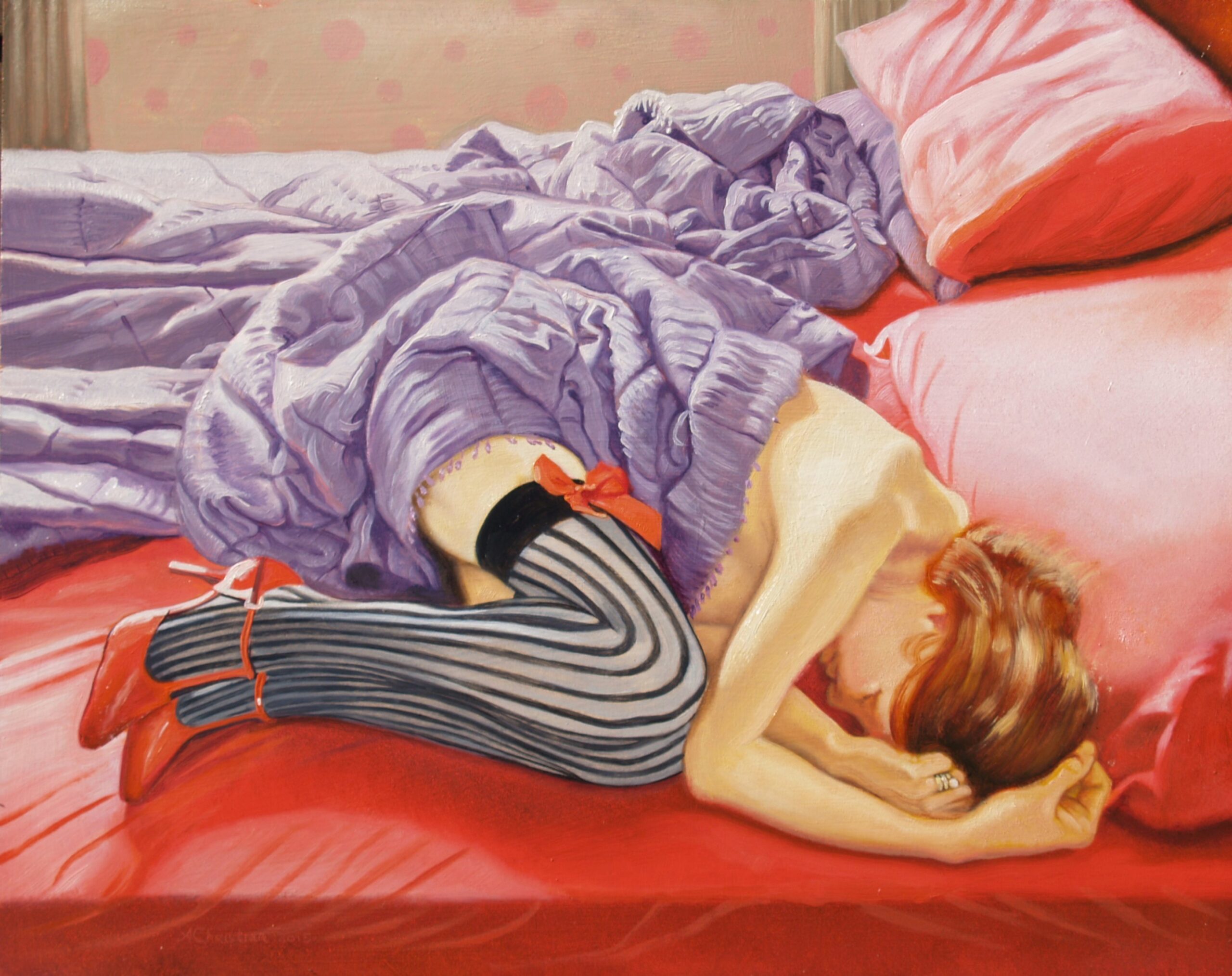
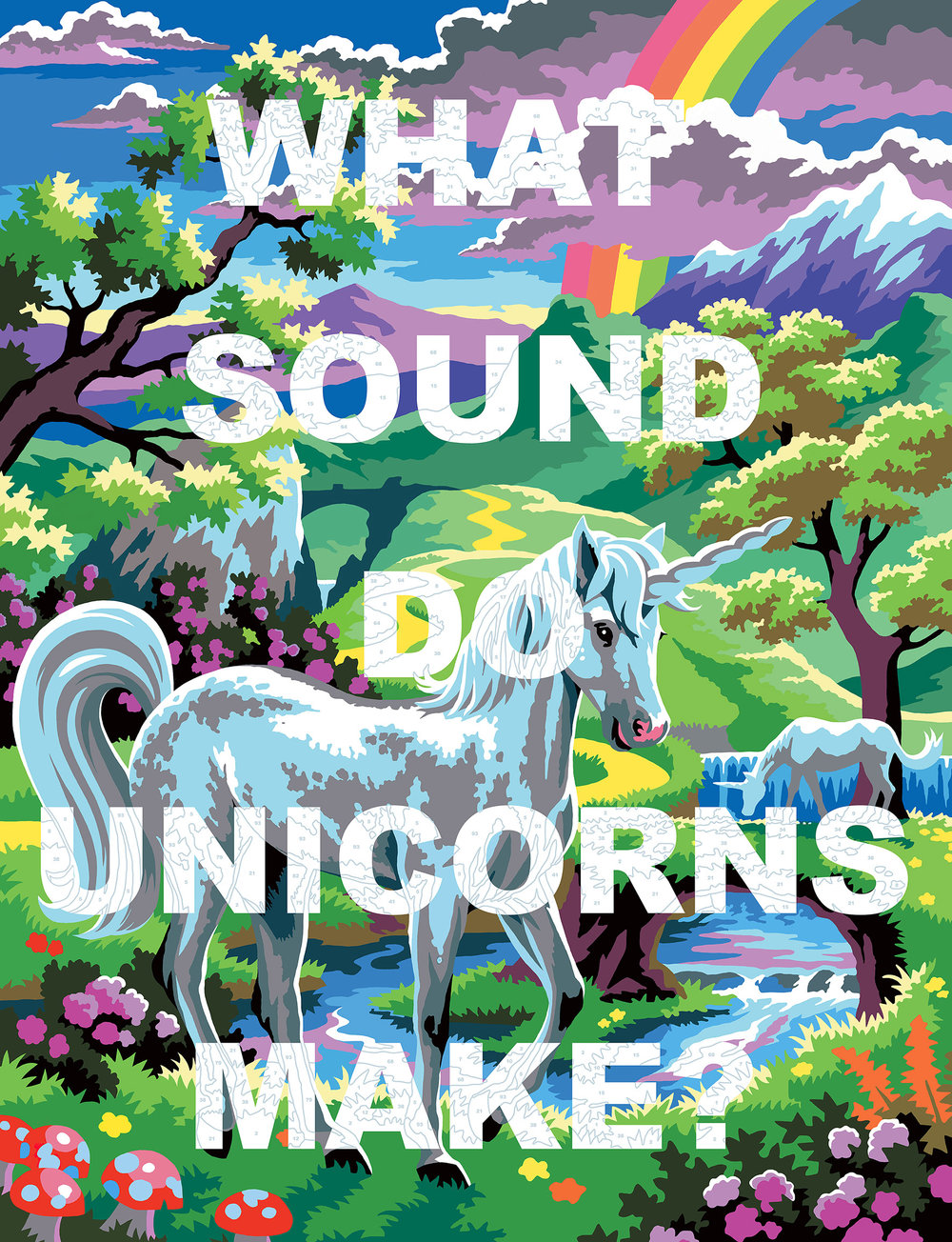
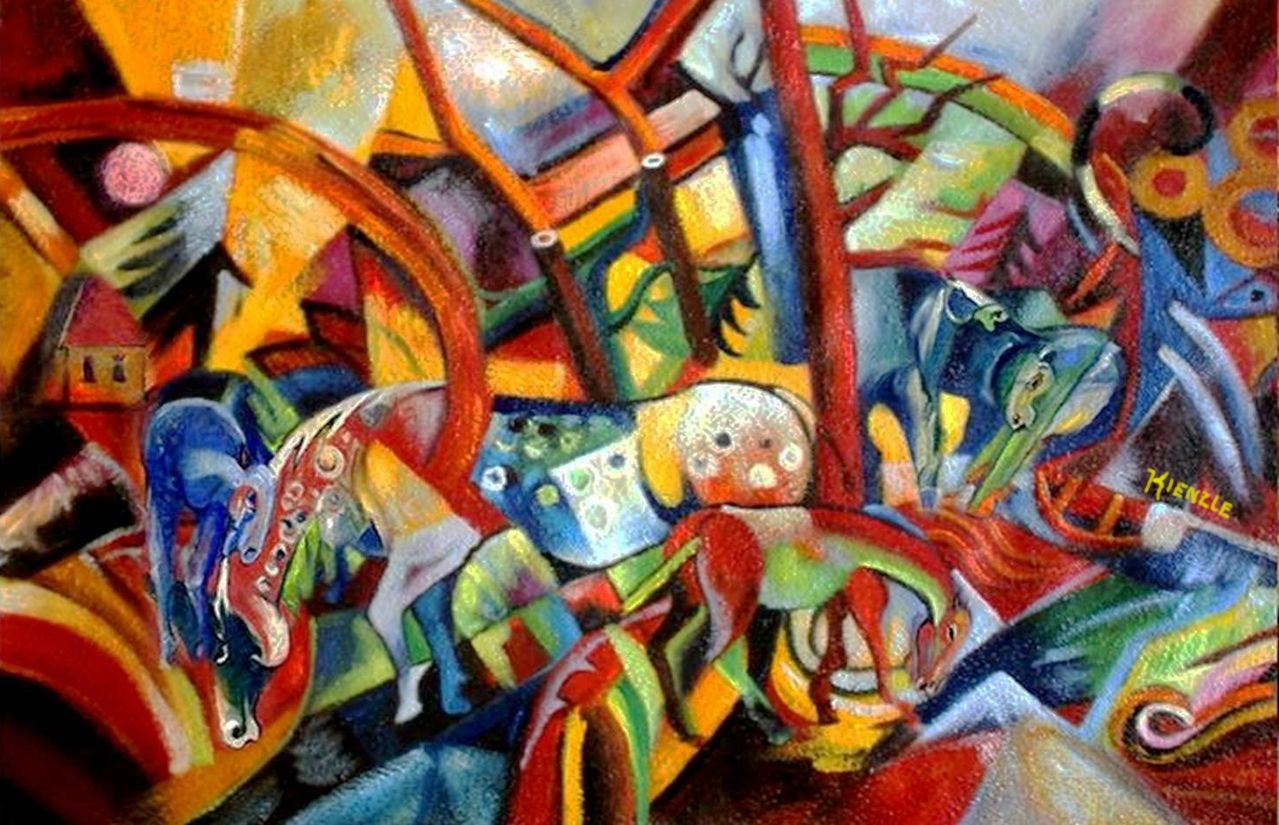
 Saving...
Saving...
1 Comment
Add YoursInspiring interview and wonderful advice for artists!